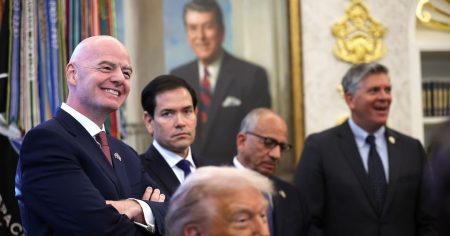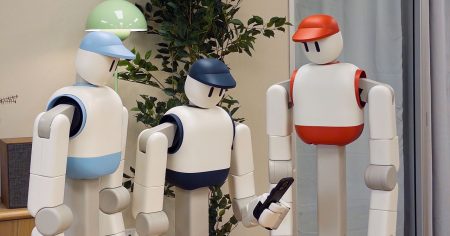Nautilus CEO Jim Barr is a transformational leader with multiple successes in the rapid growth of large-scale businesses and teams.
In the 1990s, putting your customer’s name in the text of an email or running segmentation marketing campaigns was enough. It all seemed so new and exciting because it was. For the first time, ads could be personalized, laser-focusing on certain target markets.
But things have changed astronomically since then. Personalization is no longer new and exciting; it’s expected. Consumers today demand brands they interact with and support to understand and cater to their desires on an uber-personal level. How can brands keep up with the moving target of enhanced personalization, when things seem to change so fast?
Expectations Go Up
Consumers get bored with what they’re exposed to repeatedly. It’s a process called habituation. This means, to impress your customers, your brand must meet consumers’ expectations for deeper personalization every single day. There was a time when it was impressive to be able to find content you searched for on the internet. “Relevance” was the gold standard.
Now, users know if they want to see more of a certain kind of content, all they have to do is watch a video on YouTube or another social platform to get more of that content served to them instantly. It’s truly amazing when you think of how far we’ve come in only a few decades.
At technology, services and consumer product companies alike, I’ve found that this evolution from relevance to personalization is crucial to success. To create a hyper-personalized experience with your customers and inspire a level of brand loyalty you’ve never seen before, here’s where I’d suggest you start.
1. Assess where you are on the personalization spectrum. Most companies don’t know as much about their customers as they think they do. To truly personalize your products or services, go beyond basic demographic information and find out the deep motivation behind why customers are using your product.
Don’t rely on guesswork to find this out. Years ago when I worked for an office supplies chain, we really thought our primary consumers were parents buying school supplies. But we dug in and found out that our biggest customers were small businesses. That revelation made an enormous difference in the services we focused on, like printing. It impacted our marketing, of course, and a lot more.
With today’s technology, you can track all sorts of consumer behavior, so do it. Find out who is most likely to buy your product and what their motivations are, who opens emails on Sunday evening, which products are most often sold together, and so on. Think bigger (and smaller) than you ever have before to anticipate your customers’ needs before they even ask.
2. Assess communication vehicles. Blast emails are out. Personalized messaging in native locations is in. For companies that use an app, in-app communications can be far more effective, with an open rate 45 times higher than emails.
If you don’t use an app, consider social media as well as emails and ads to communicate with customers. Remember, all communication must be valuable, so make sure to keep your audience engaged with helpful tips, useful articles, funny memes or whatever taps into their “why” that you learned in step one.
3. Think in terms of partnership. You know who your customer is, what drives their purchasing decisions, and how to contact them. Now it’s time to put it all together and create not just a sales environment, but a partnership. How can your brand continuously and consistently help your customers achieve their “why?” Keep learning about their behaviors and interactions, and never stop pushing toward becoming their partner in achieving their goals.
But Don’t Go Too Far
Personalization can help you build loyalty with customers, but it can go too far. If you’ve ever gotten an ad for something you mentioned off-hand and wondered if your phone was listening to you, you know what I mean. People want to feel seen, but they don’t want to feel like they’re being spied on.
Before implementing any new type of personalization, ask yourself “How will this be received by my audience?” Err on the side of caution when it comes to potentially overstepping the bounds of privacy.
What’s Next In The World Of Personalization
Consumers’ personalization expectations are only going to grow. The next generation of personalization will likely include AI on a large scale. This will totally overhaul the learning curve, allowing brands to know and connect with their buyers in more personalized ways at lightning speed.
Your job as a leader is to stay ahead of the curve and use the data, tools and insights at your disposal to constantly be on the lookout for new and exciting ways to personalize your product or service for your customers. When you do it right, you’ll impress your customers and build a partnership with them that keeps them coming back for more.
Forbes Business Council is the foremost growth and networking organization for business owners and leaders. Do I qualify?
Read the full article here










